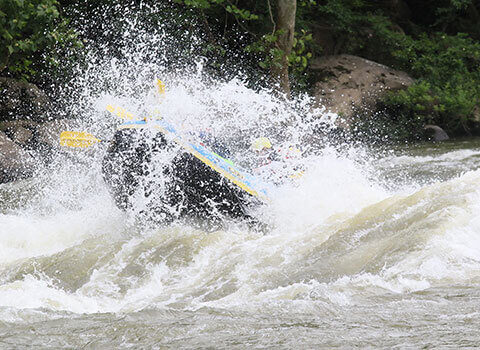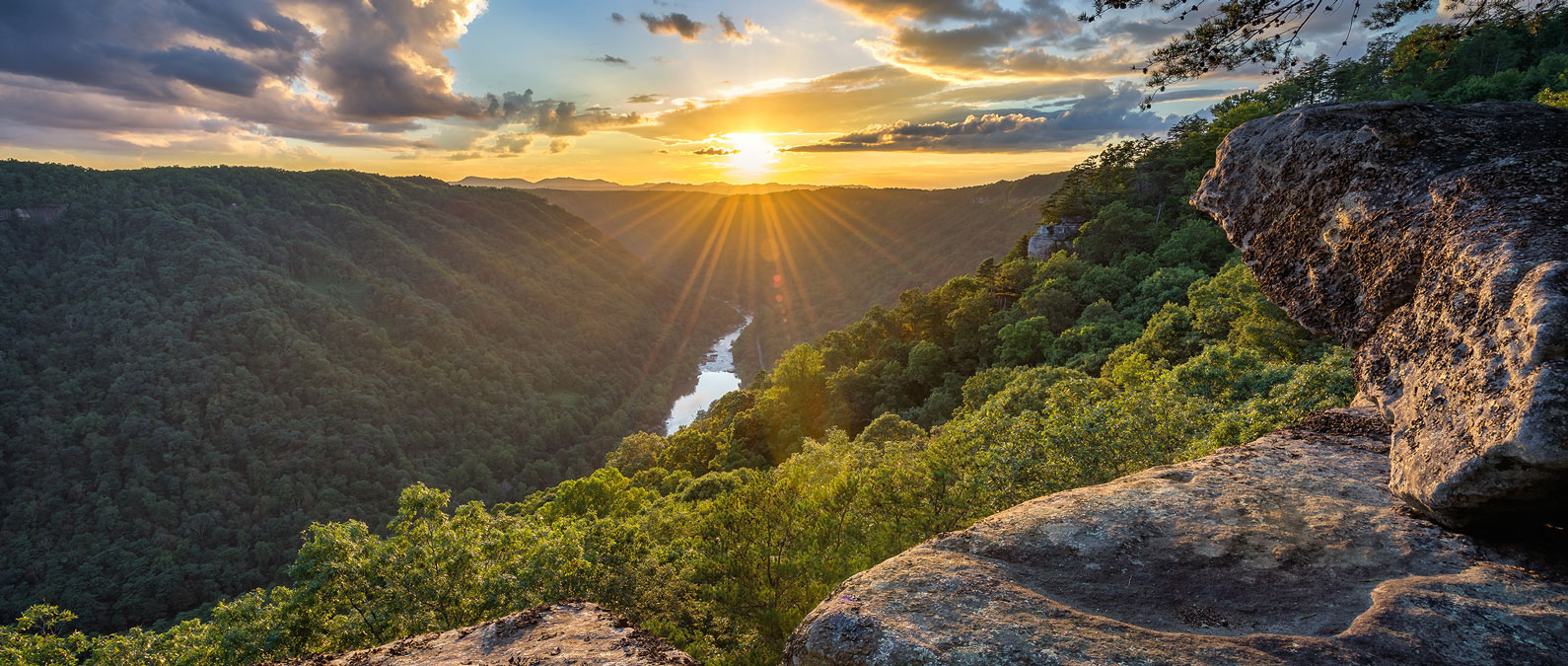

Articles
Categories:
Exploring West Virginia: Rafting, Camping, Ziplining, and Beyond
Whitewater rafting might be the main attraction at River Expeditions, but West Virginia’s adventure doesn’t stop at the riverbanks. Whether you’re planning a weekend escape or a week-long summer vacation, the New River Gorge National Park is bursting with outdoor experiences. Let’s take a look at some of the best West Virginia outdoor adventures to… Read more »
Beginner’s Guide to Rafting: Everything You Need to Know
So, you’re thinking about whitewater rafting for the first time but you’re not quite sure what to expect. Will it be thrilling? Absolutely. Challenging? Maybe. But with the right guidance and preparation, your first rafting trip can be the start of something incredible. This beginner’s guide to rafting walks you through everything from choosing the… Read more »
Spring Whitewater in the New River Gorge: Raft, Celebrate, and Save
Spring signals the start of rafting season in West Virginia, and there’s no better way to launch into adventure than with our discounted whitewater packages. Whether you’re chasing adrenaline or planning a unique spring celebration, the New River Gorge is your one-stop destination this May. Why Spring is Prime Time for Whitewater Early-season water levels… Read more »
What to Expect While Rafting in the New River Gorge National Park
Rafting the New River is an exhilarating experience, offering both thrilling rapids and stunning Appalachian scenery. Whether you’re a first-time paddler or a seasoned rafter, knowing what to expect can help you make the most of your adventure. Here’s a breakdown of what awaits you on this legendary river. The New River: A Unique Rafting… Read more »
Discover the Secret Winter Season at New River Gorge
Experience the Secret Winter Season Most people think of New River Gorge as a prime summer destination, but those in the know take advantage of the Secret Season. From November through April, the crowds fade, the landscape transforms, and the region becomes a quiet, winter wonderland. Best of all, you can save up to 50%… Read more »
Plan Your 2025 West Virginia Rafting Adventure
Plan Your 2025 West Virginia Rafting Adventure As winter turns to spring, adrenaline junkies and nature lovers alike begin to gear up for one of the most thrilling outdoor experiences in the U.S.—rafting in West Virginia. Known for its world-class rapids, stunning landscapes, and diverse river options, the state offers unforgettable adventures for everyone, from… Read more »
Planning Your West Virginia Rafting Adventure for 2025
West Virginia is a premier destination for whitewater rafting enthusiasts. From the scenic New River Gorge to the adrenaline-pumping Gauley River, there’s an adventure for everyone. Now is the perfect time to start planning your next rafting trip with River Expeditions! Best Rivers for Your 2025 Adventure The New River The New River is one… Read more »
What to Expect on Your First Rafting Adventure
Are you ready for the thrill of whitewater rafting but unsure what to expect? River Expeditions welcomes beginner rafters of all ages to experience the thrill of rafting West Virginia’s incredible rivers. This guide is designed to help first-timers feel confident and prepared for an adventure on the water by covering essential rafting tips, basic… Read more »
Best Places to Raft in West Virginia
West Virginia is a paradise for whitewater rafting, with its rugged landscapes, majestic rivers, and thrilling rapids. Whether you’re a first-timer or a seasoned paddler, the Mountain State offers an unforgettable rafting experience. If you’re searching for the best rafting in West Virginia, the Upper New River, Lower New River, and Gauley River are must-visit… Read more »
What to Wear for a Successful Rafting Trip
If you’re planning a thrilling rafting trip on the Gauley River or New River Gorge with River Expeditions, knowing what to wear is crucial for a comfortable and enjoyable experience. Whether you’re a beginner, an intermediate, or an advanced paddler, the right gear can make all the difference. River Expeditions provides all necessary equipment, such… Read more »




